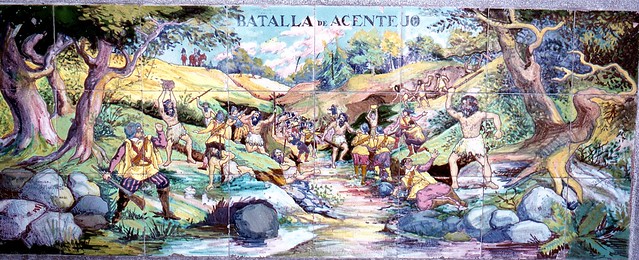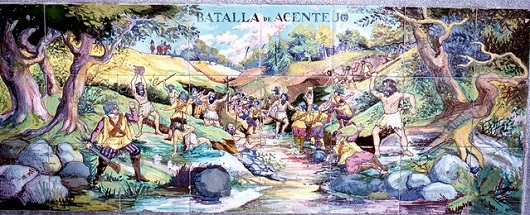
Conquistadors, Pirates, Insects and Lots of Tourists- A Brief History of the Canary Islands
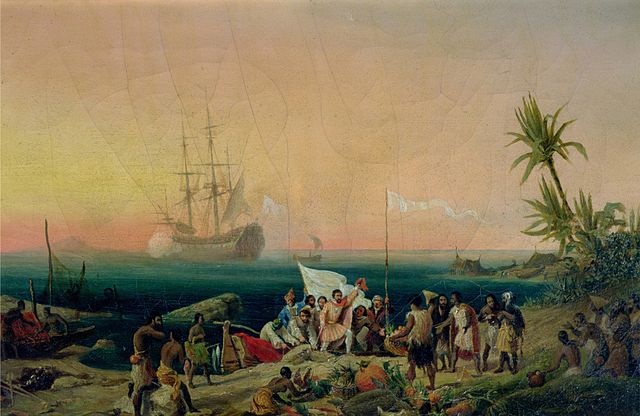
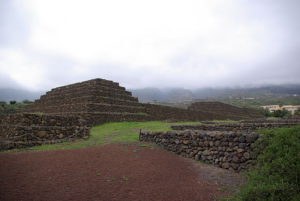
Very little is known about the first inhabitants of the Canary Islands. The Guanches, who share a common origin with the Berber of North Africa, were established on the islands at the time of the Europeans’ arrival. Archeological evidence shows that people were living on Tenerife as early as 600BC, yet, interestingly, in 50BC, an expedition found ruins of buildings, but no people, perhaps indicating that the Guanches were not the only early inhabitants.
There are indications of a visit by Arabs in 999, followed by Genoese, Majorcans, who built a mission between 1350 and 1400, Portuguese and French. For the most part, however, the Guanches lived in isolation until the year 1402, when French explorers Jean de Béthencourt and Gadifer de LaSalle arrived in 1402 with 53 men. They began their conquest in Lanzarote. Shortly thereafter, Béthencourt left LaSalle and the others and sailed to Cadiz to obtain aid from King Henry III of Castile, who had commissioned the expedition, and to whom Béthencourt had sworn his allegiance. During his absence, LaSalle continued to explore the islands. Although he was able to conquer Fuerteventura, LaSalle became embroiled in a power struggle with another officer. The conflict escalated to the point that many men, including locals, ended up dead.

Two years later, peace was restored with the return of Béthencourt and the city of Betancuria was founded on the island of Fuerteventura. It was to become capital of the Kingdom of the Canaries for over 400 years although it is now only a small town. Béthencourt was officially proclaimed King of The Canaries by Pope Innocent VII, but as he conquered the remaining islands, he did so in the name of the Crown of Castile.
Béthencourt left again in 1406, leaving his nephew Maciot in charge. This turned out to be a disastrous move. In 1448, without sanction from either the natives or the Crown of Castile, Maciot de Béthencourt sold control of Lanzarote, and by some accounts, all of the islands, to the Portuguese. The selling and reselling of the islands caused quite a commotion as various parties, both Spanish and Portuguese, claimed ownership. Even the Pope became involved, declaring that the islands belonged to the Portuguese. The natives, who had resisted the Spanish for about 100 years, revolted as well, escalating the crisis to an even higher level.
In 1459, the Portuguese were expelled, and 20 years later, in 1479, the Treaty of Alcáçovas formally recognized Spain’s claim on the islands. The treaty also specified that the Azores, Madeira, Cape Verde and anything newly discovered, would exist under Portuguese rule.

Between the years 1492 and 1496, another Spanish conquistador, Alonso Fernández de Lugo, in an attempt to conquer the islands of La Palma and Tenerife, encountered strong resistance from the Guanches. In 1494, de Lugo was wounded, but escaped with his life during the First Battle of Acentejo on Tenerife. After a few months of strategizing and regrouping, the Guanche were ultimately subdued by Lugo and his men during the Battle of Aguere and the Second Battle of Acentejo in November and December of that year, thereby giving the Spanish full control of the islands.
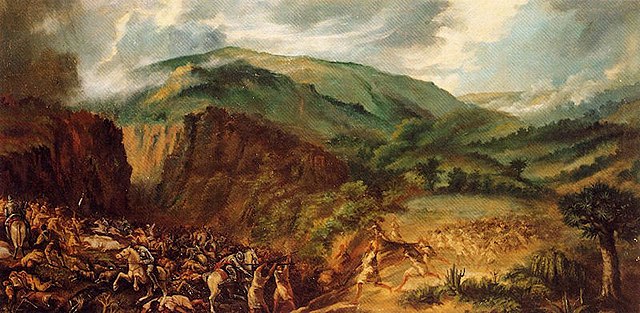
The Canaries were valued as a stopping point for ships on their journeys to and from the New World. Christopher Columbus himself had used them as a replenishing station. This, along with first sugarcane and then wine cultivation, contributed to the wealth of the islands. Soon churches and palaces began to arise as society on the islands flourished, attracting new settlers from all over Europe.
This prosperity soon became a magnet for pirate attacks. Beginning in the 1500s, the islands experienced regular assaults from pirates and privateers. One of the most memorable attacks was in 1599, when 74 ships commanded by Dutchman Pieter van der Does arrived on Gran Canaria with 12,000 men. After a violent battle in which 150 Dutch were killed, the Dutch eventually gave up and left.
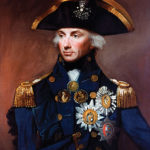
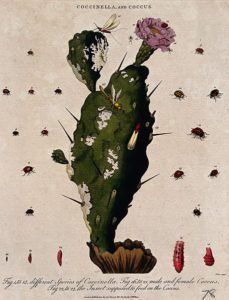
In 1618, Barbary pirates captured 1,000 natives as slaves on Lanzarote and La Gomera. In 1797, Vice-Admiral Horation Nelson of the British Royal Navy, lost 400 men and his right arm during an unsuccesful attempt to conquer Santa Cruz on Tenerife.
The 18th century brought severe recessions in the islands due to low prices and strong competition with the Caribbean Islands in the sugar and other industries. This resulted in migrations to Venezuela, Cuba, Puerto Rico and even San Antonio, Texas.
A new and important part of the Canaries’ economy in the 19th and 20th centuries was the cochineal industry. Carmine is a red dye made from the cochineal insects that live on cacti. It is used in food coloring and lipstick, for coloring fabrics and was the original coloring for Campari liqueur. At the beginning of the 20th century, bananas also became an important commodity.
In 1927, due to continuing rivalries, the Canaries were divided into two provinces. Santa Cruz de Tenerife comprises the western half of the islands and includes La Palma, Tenerife, La Gomera and El Hierro. The other is the province of Las Palmas, which includes Gran Canaria, Fuerteventura and Lanzarote. Santa Cruz de Tenerife and Las Palmas de Gran Canaria became the shared capital cities of the archipelago.
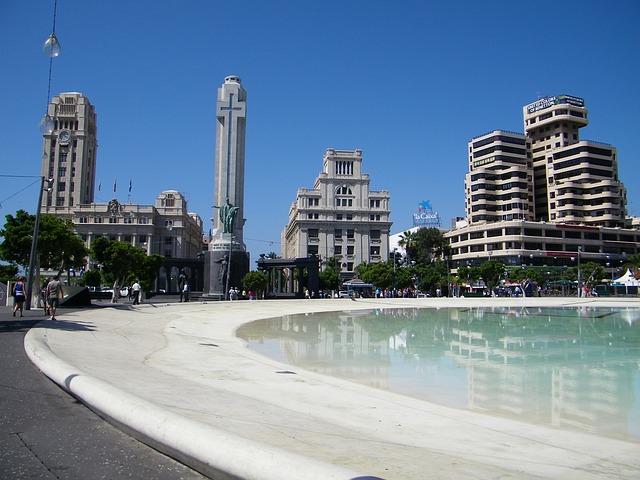
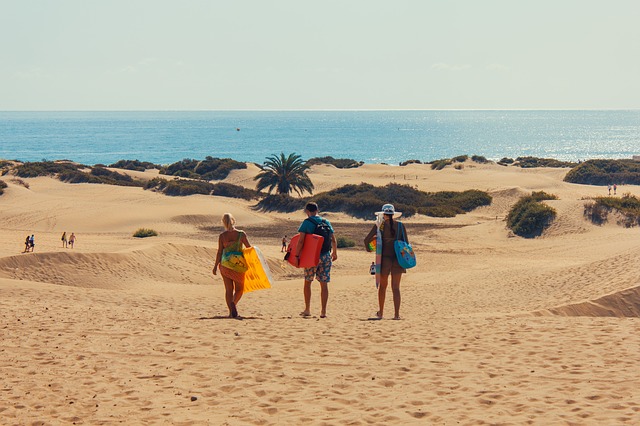
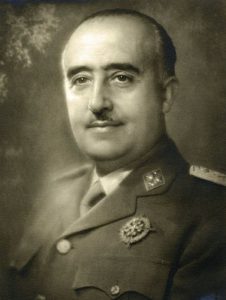
In 1936, at a time when Spain was experiencing significant political turmoil, nationalist Francisco Franco, who had been suspected of plotting to overthrow the Spanish government, was transferred to and appointed General Commandant of the Canary Islands. Franco succeeded in gaining complete and strict control of the islands and went on to join in the revolt that started the Spanish Civil War. After a loss of life estimated at as high as a half million, the war ended in 1939. As a result, Spain experienced four decades of strict rule under Franco, who allowed no unions or any other religion outside of Catholicism. The Catalan and Basque languages were also banned during his regime. Although there never was any fighting on the islands, Franco’s strict rule allowed for no display of left-wing sympathies. It was Franco, however, who opened up the islands to tourists from mainland Europe, an act that has resulted in a massive tourism industry which continues to this day.
After Franco’s death in 1975, a group in Algeria called the Movement for the Independence and Self-determination of the Canaries Archipelago began to push for the recognition of the Canaries as an African nation controlled by a foreign power. Under the rule of King Juan Carlos, Franco’s successor, autonomy was granted to the Canary Islands in 1982.

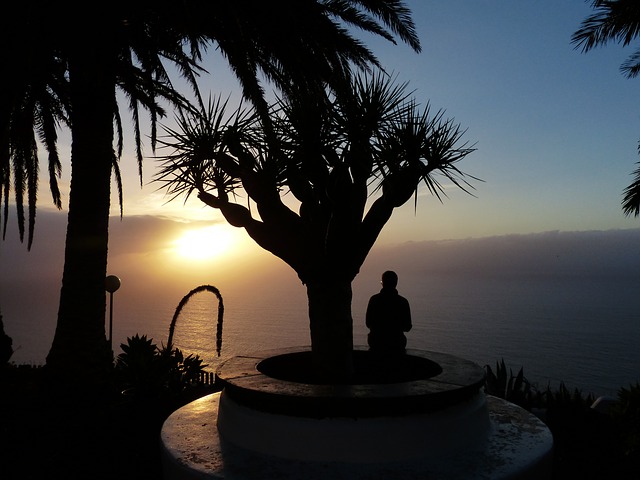
Today, these beautiful islands with a combined population of just over 2.1 million, receive as many as 12 million visitors every year. They are drawn by the gorgeous beaches, dramatic landscape, perfect climate, and some, perhaps, by their interesting history.
